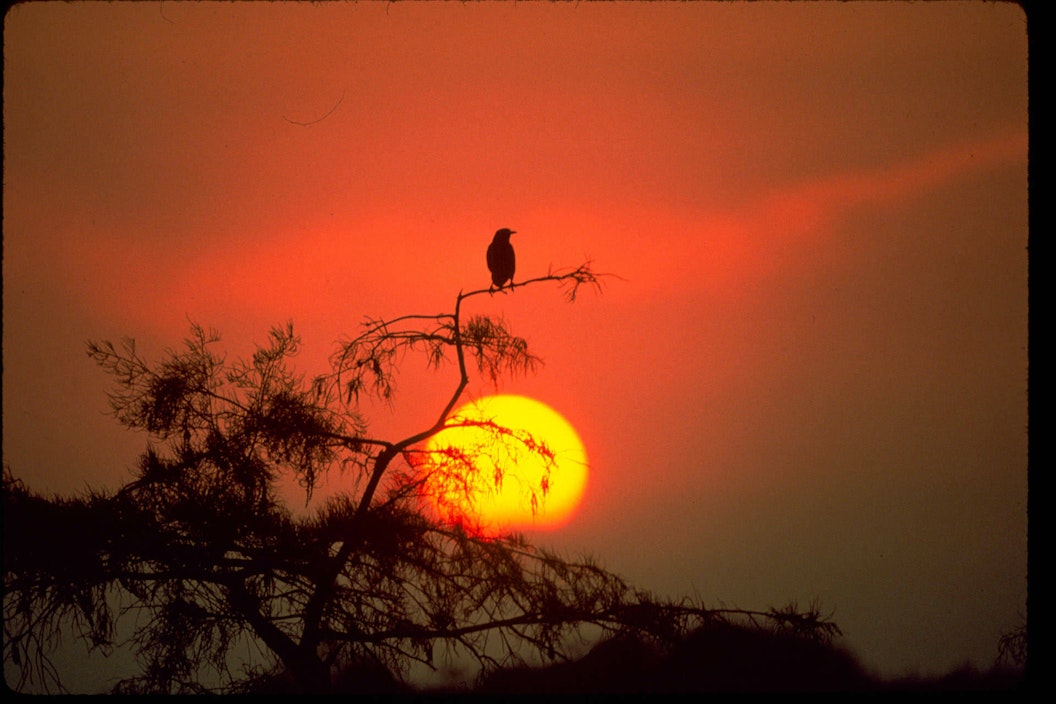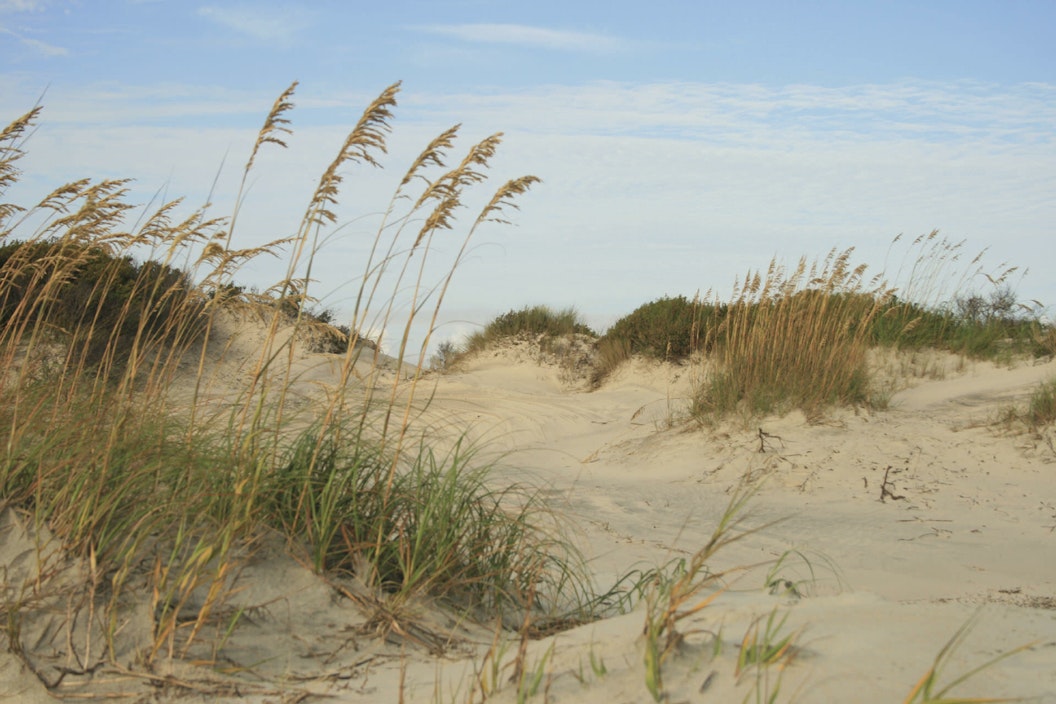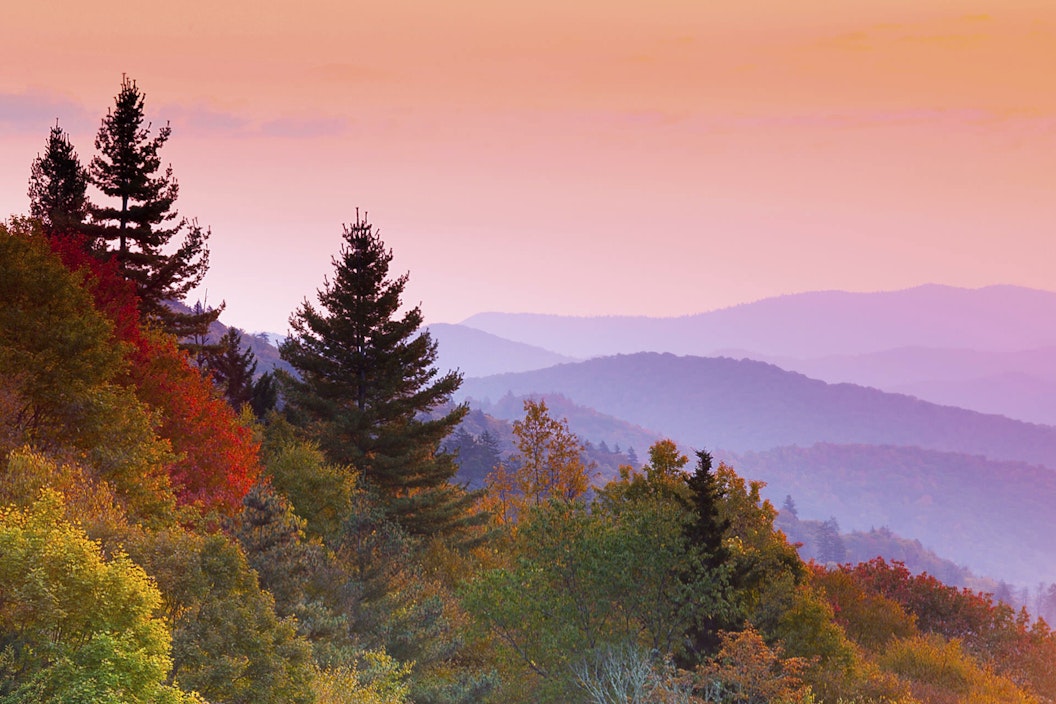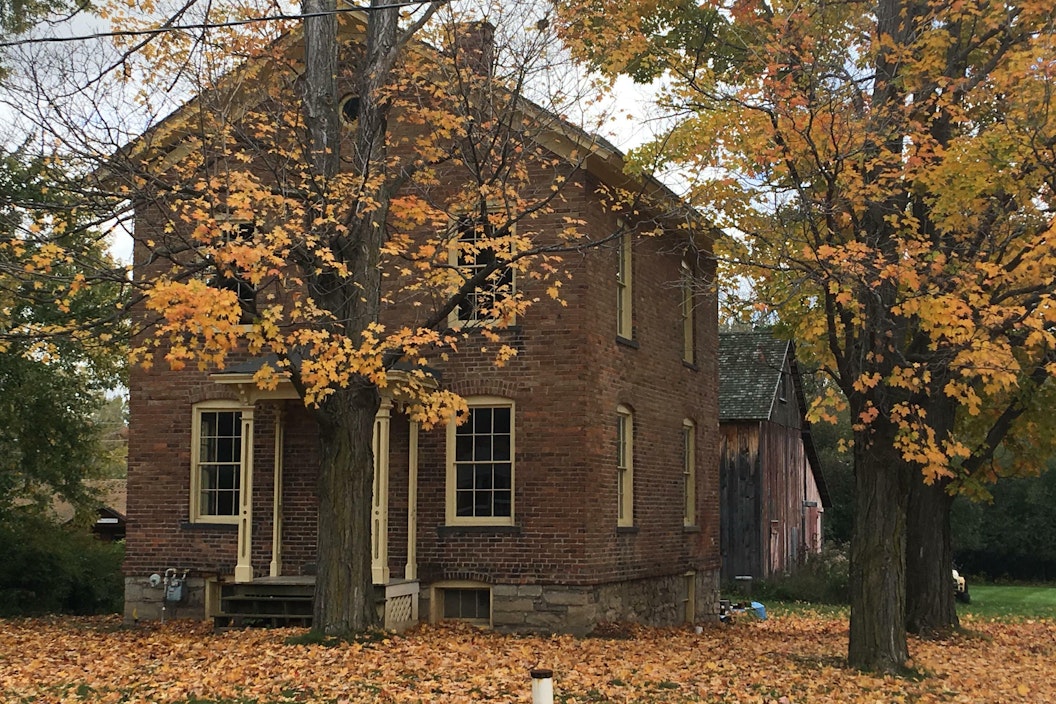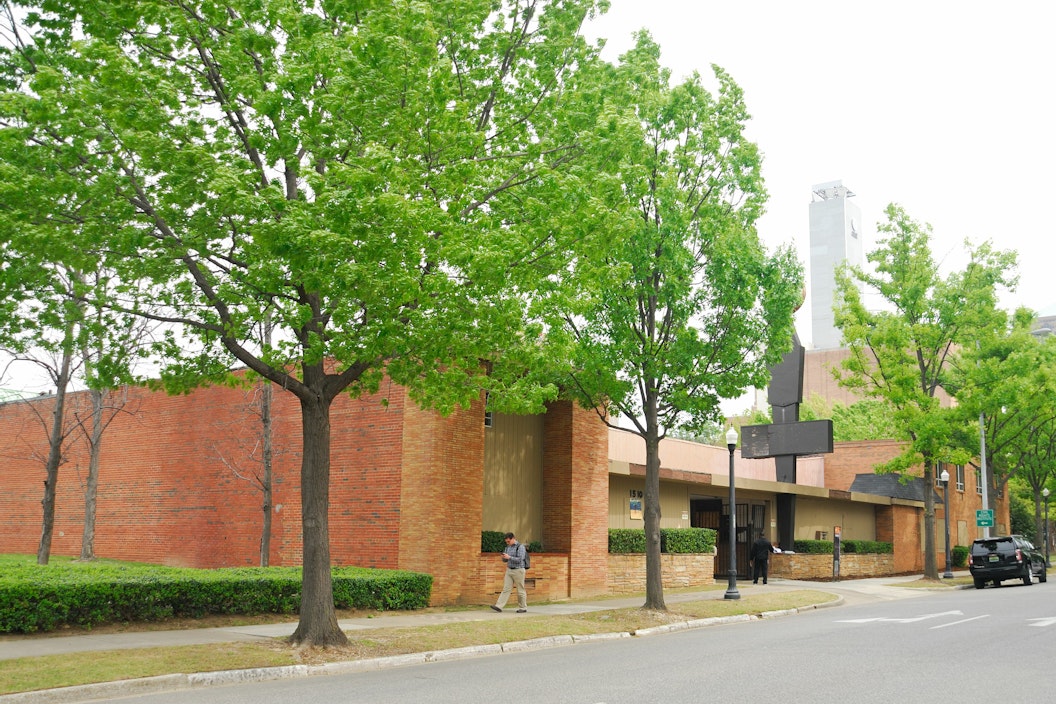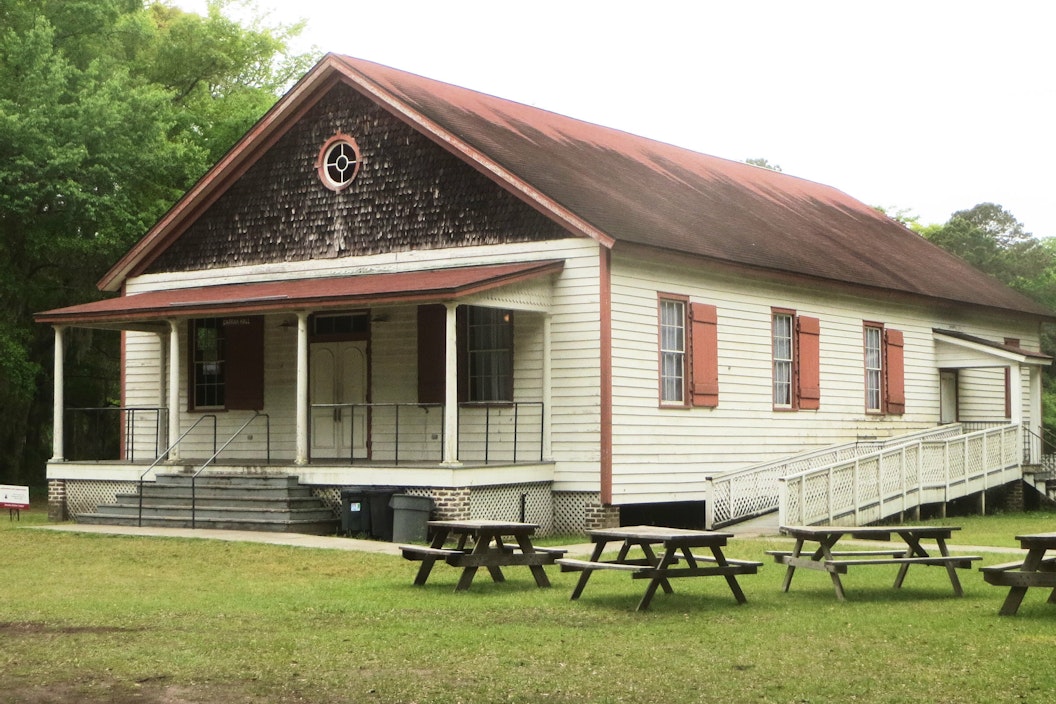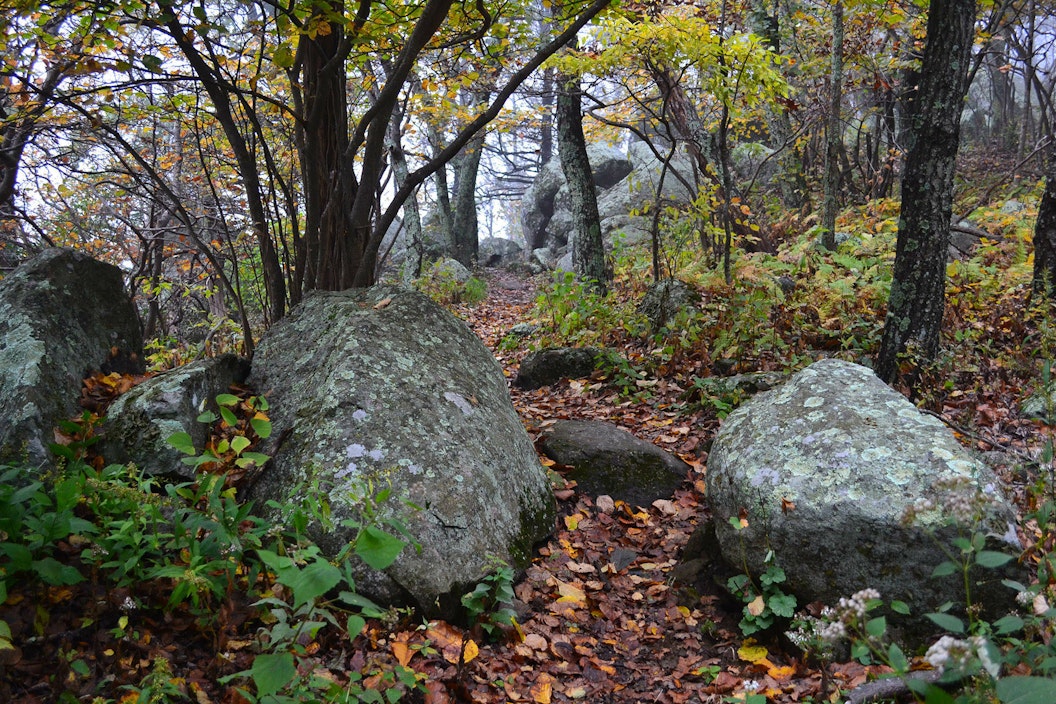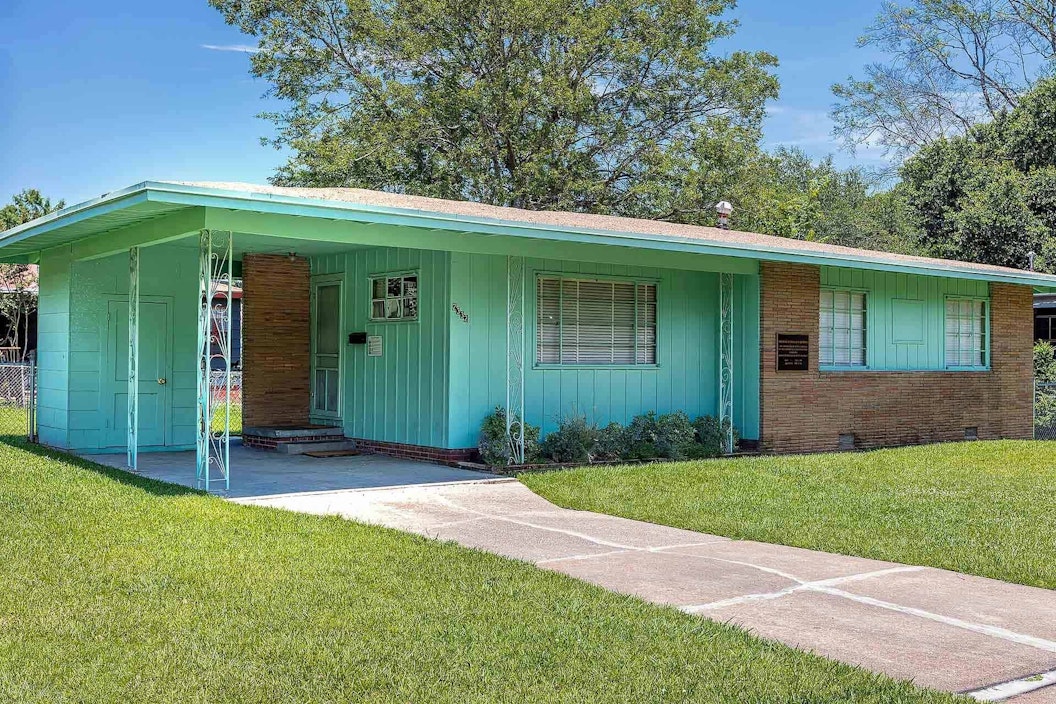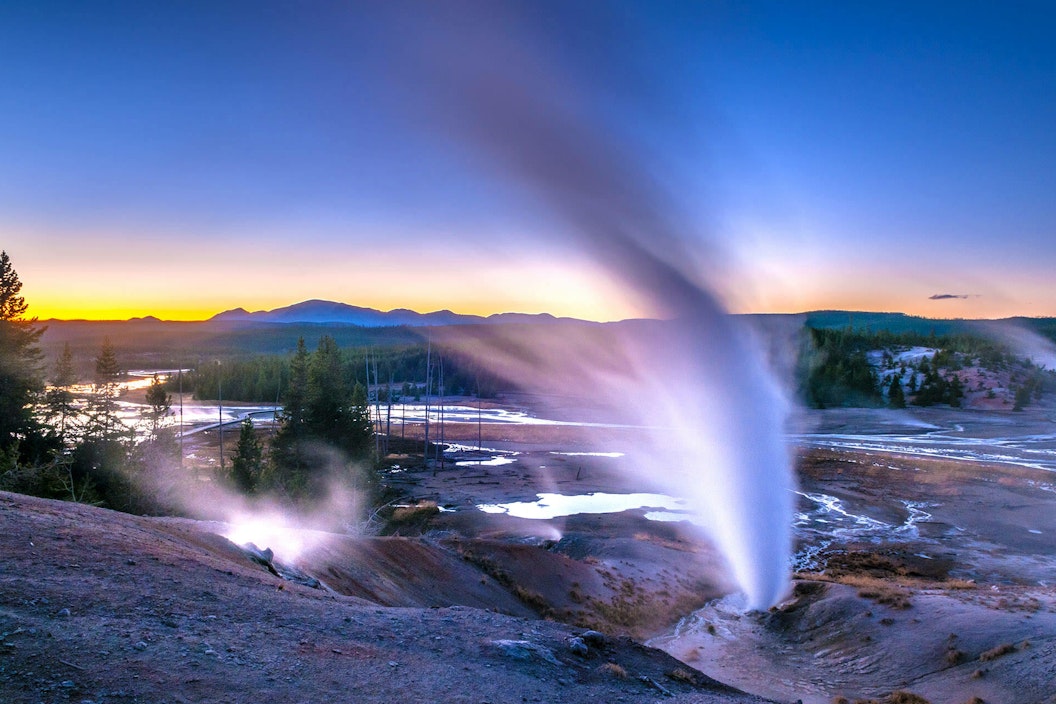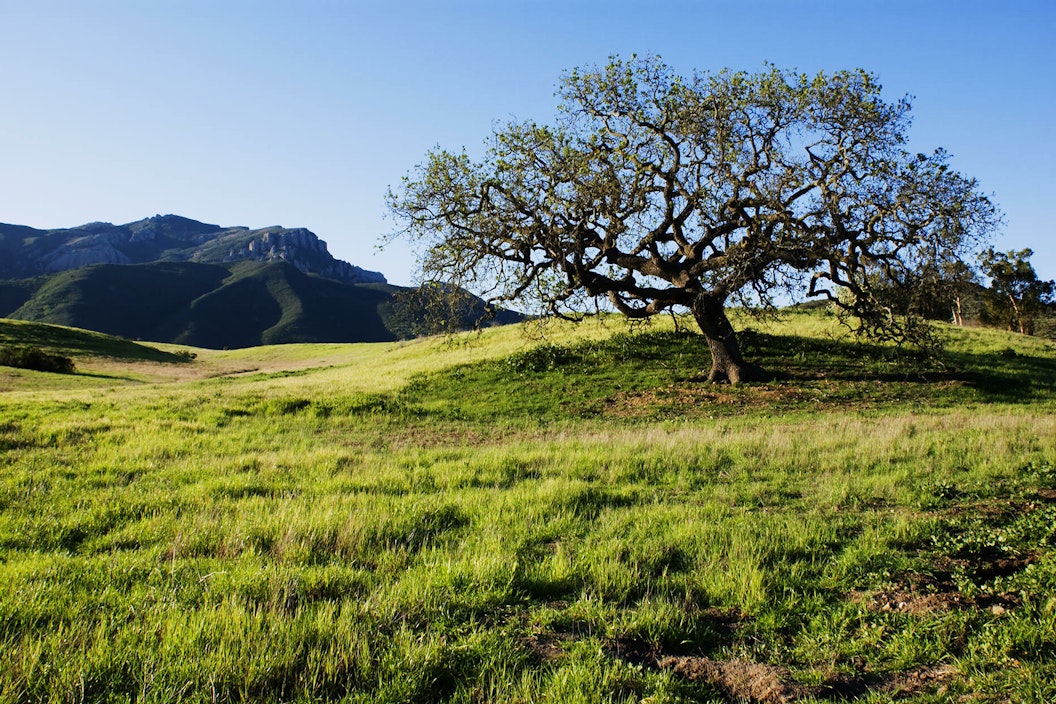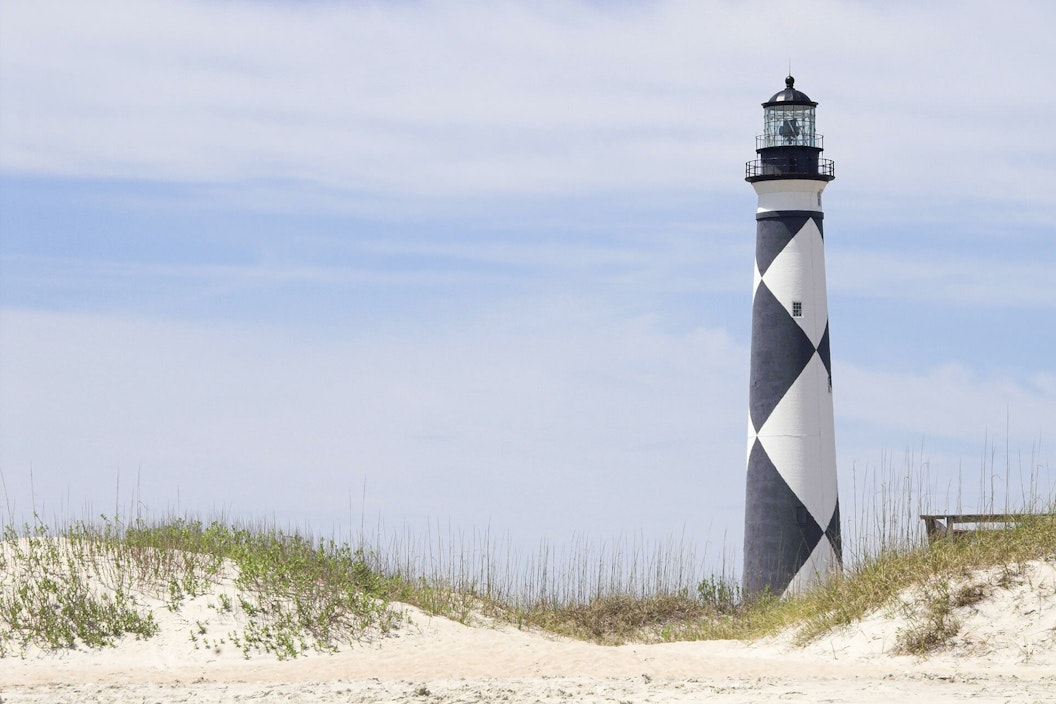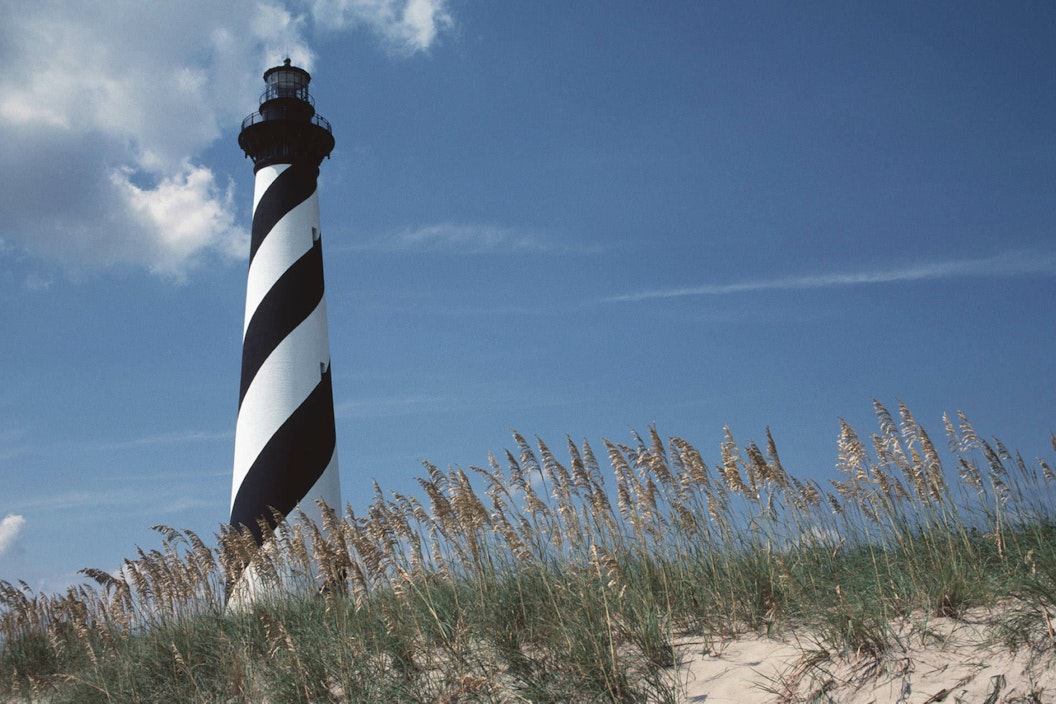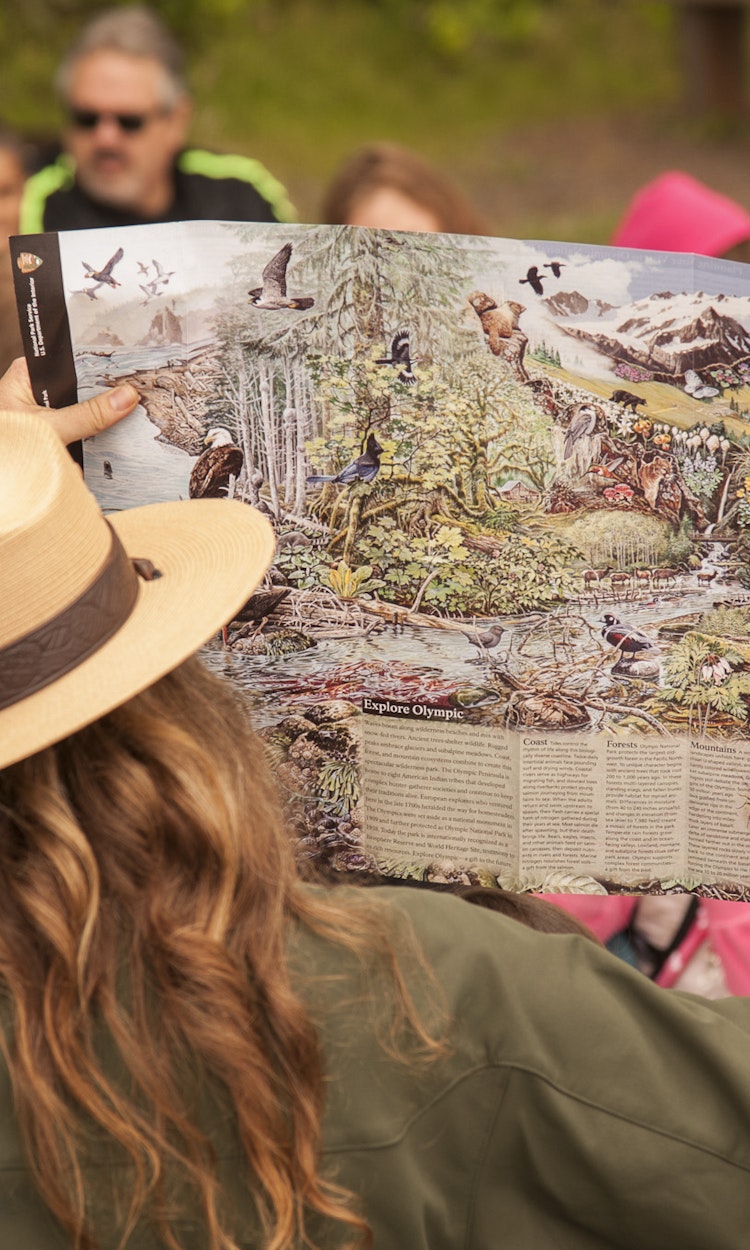
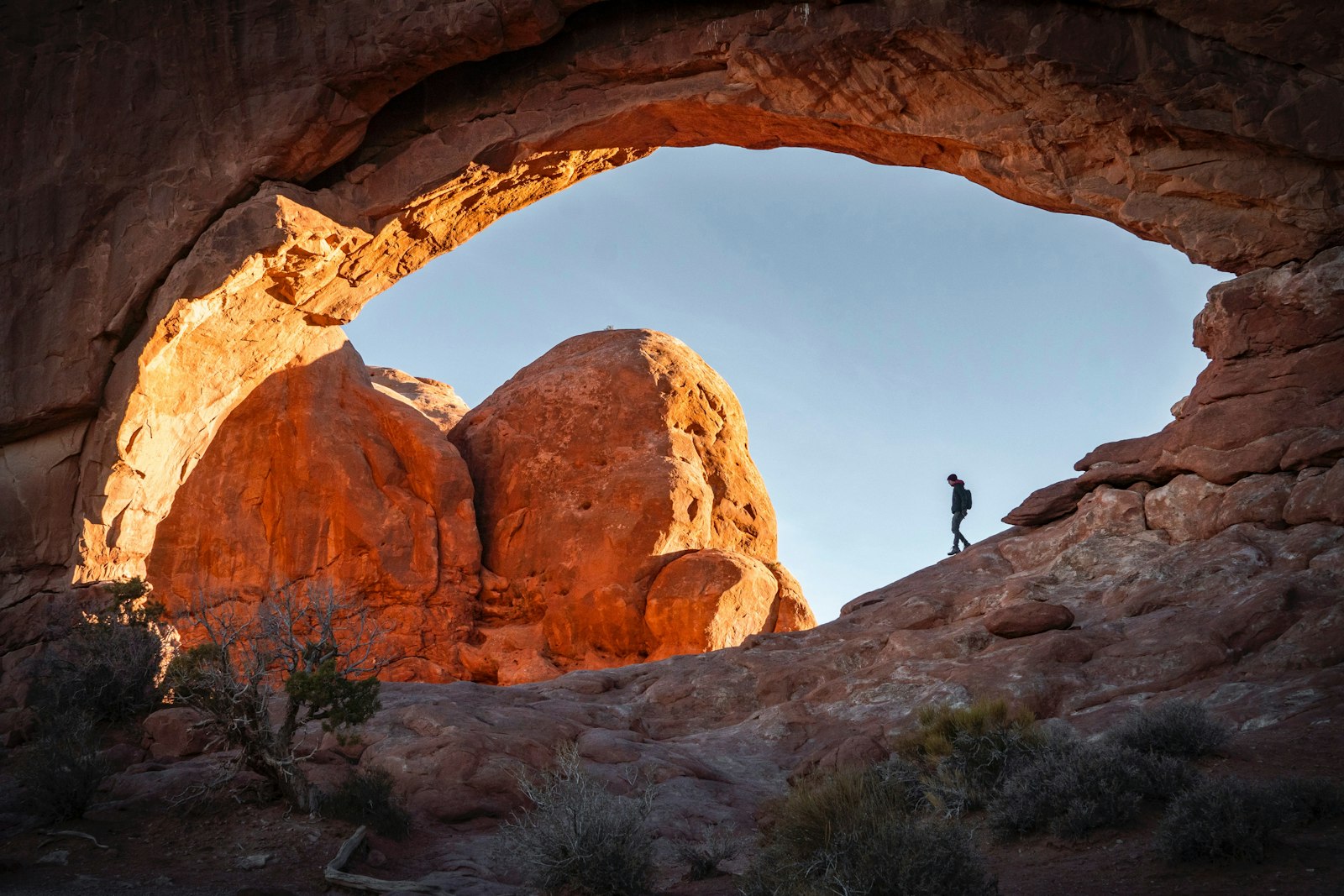
.
.
At the National Park Foundation (NPF), we’re celebrating Earth Day the best way we know how: by working to protect what matters most. In 2021, we provided $36.1 million in funding to over 220 parks and partners. In doing so, we’ve connected people to the natural, historical, and cultural treasures of our parks, as well as protected the parks’ lands, waters, and diverse ecosystems. Join us in exploring some of the many projects NPF and our partners accomplished in 2021, and read our full 2021 Annual Report to learn about our work and the partnerships and generosity that made it possible.
Connecting People to Parks
Each year, NPF awards field trip grants to parks across the country, giving students the opportunity to learn in America’s greatest outdoor classrooms: our national parks. Since 2011, the Open OutDoors for Kids program has connected more than one million students to learning experiences at parks. And NPF is helping make classroom lessons come to life wherever students are learning, whether that be at home or in the classroom. Last year, 6,000 students took virtual tours of the ecosystems and habitats of Everglades National Park, while students in Georgia attended a virtual summer camp, learning about Cumberland Island National Seashore from their own backyards.
In addition to our field trip grants, NPF provides support that enables parks and their partners to engage young learners in other new and creative ways. For example, Great Smoky Mountains Institute at Tremont launched a virtual learning program that meets the unique social, emotional, and academic needs of local youth, families, and communities. Thanks, in part, to NPF, online learning resources will offer weekly educational videos exploring the natural and cultural resources of Great Smoky Mountains National Park, as well as digital prompts and ideas for local exploration and live-streamed, interactive video calls.
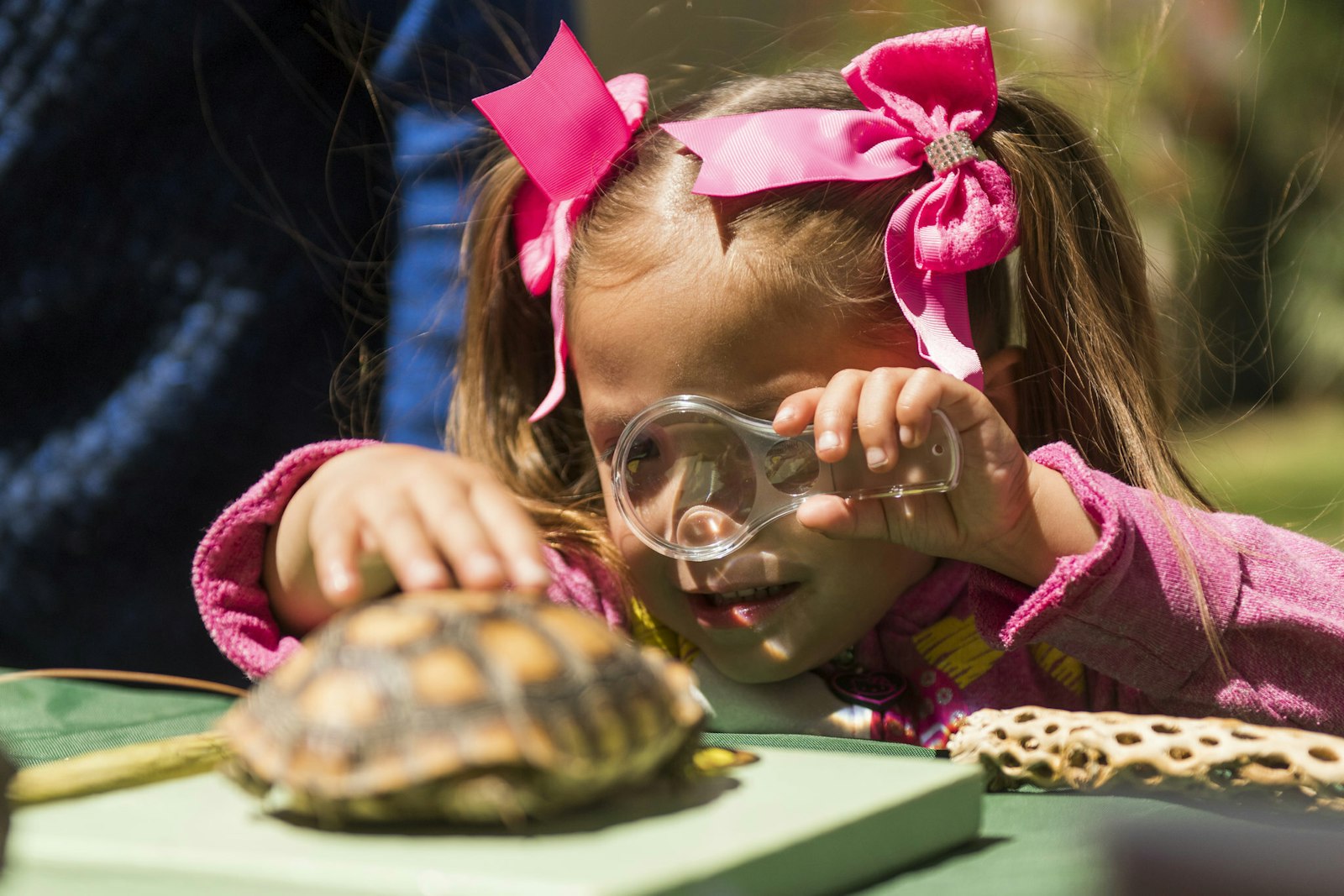
NPF is investing in the next generation of national park stewards through our support of programs like Second Century – internX, which provides internship opportunities for students of color at national park sites in their area, introducing them to career pathways and research and accreditation opportunities. Through the 2021 program, interns were placed at 5 sites: Harriet Tubman National Historical Park, Birmingham Civil Rights National Monument, Reconstruction Era National Historical Park, and Martin Luther King Jr. National Historical Park.
Through funding from NPF, Appalachian Trail Conservancy (ATC) built connections with diverse groups from the local community, including those who are not typically engaged with the Appalachian National Scenic Trail. ATC-hosted events encouraged underrepresented populations to get out on the trail and become involved in conservation work. These events included a youth-oriented career fair, "Women's Workdays" – volunteer days aimed at female-identifying individuals – and a community event in celebration of Latino Conservation Week. Through a partnership with Latinxhikers, ATC also led a service day on the popular Max Patch in North Carolina and a reflection hike and potluck on the Trail in Georgia. In total, just in 2021, ATC hosted 10 events, convening over 40 volunteers who contributed nearly 2,000 hours of service and restored 10 miles of trail.
Protecting Our Parks
With help from National Park Foundation, Medgar and Myrlie Evers Home National Monument has been established as the 423rd unit of the National Park System. The property was conveyed to the National Park Service by Tougaloo College and commemorates the lives and legacies of the two civil rights activists who devoted their lives to ending racial injustice. The park consists of an approximately 0.15-acre parcel of land as well as the Evers’ home.
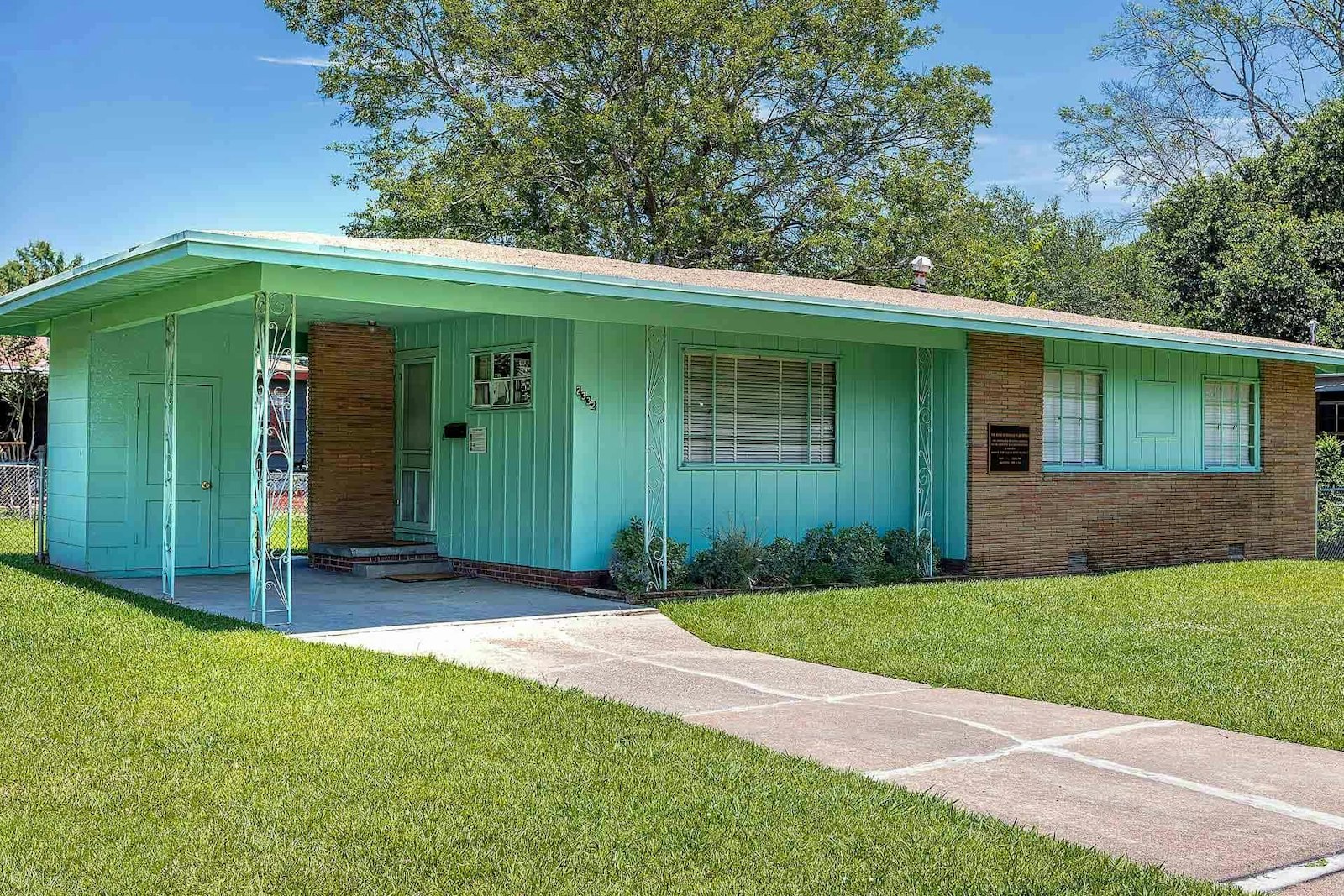
In addition to expanding National Park Service (NPS) lands, NPF helped enhance and sustain the precious species, habitats, and ecosystems encompassed within its boundaries. At Great Sand Dunes National Park & Preserve, biologists and NPS staff are re-introducing a long absent species-of-concern to its historic range: the Rio Grande cutthroat trout. This species is being restored in the park’s creeks and lakes, which will enhance the health of the larger ecosystem. Over the past year, NPS staff accomplished critical work at the park, including:
- Mapping and treatment of invasive plants across over 300 acres of critical riparian habitat.
- Surveying and monitoring of fish, amphibians, and elk populations. Through this work, biologists documented the presence of the Northern Leopard Frog at the park for the first time in over a decade!
NPF wants to ensure that parks are prepared for increased visitation and are equipped to safely welcome its visitors. To this end, we funded projects that maintained and constructed 268 public facilities, including:
- Bear boxes, trailhead signs, and stairs at Yellowstone National Park. Groundwork USA’s Urban Youth Engagement Project deployed 50 service corps members to accomplish this work at the park’s Fire Hole River.
- Steps, bridges, benches, and fencing at Santa Monica Mountains National Recreation Area’s Circle X Ranch through the hard work of 18 corps members from the SAMO Youth program.
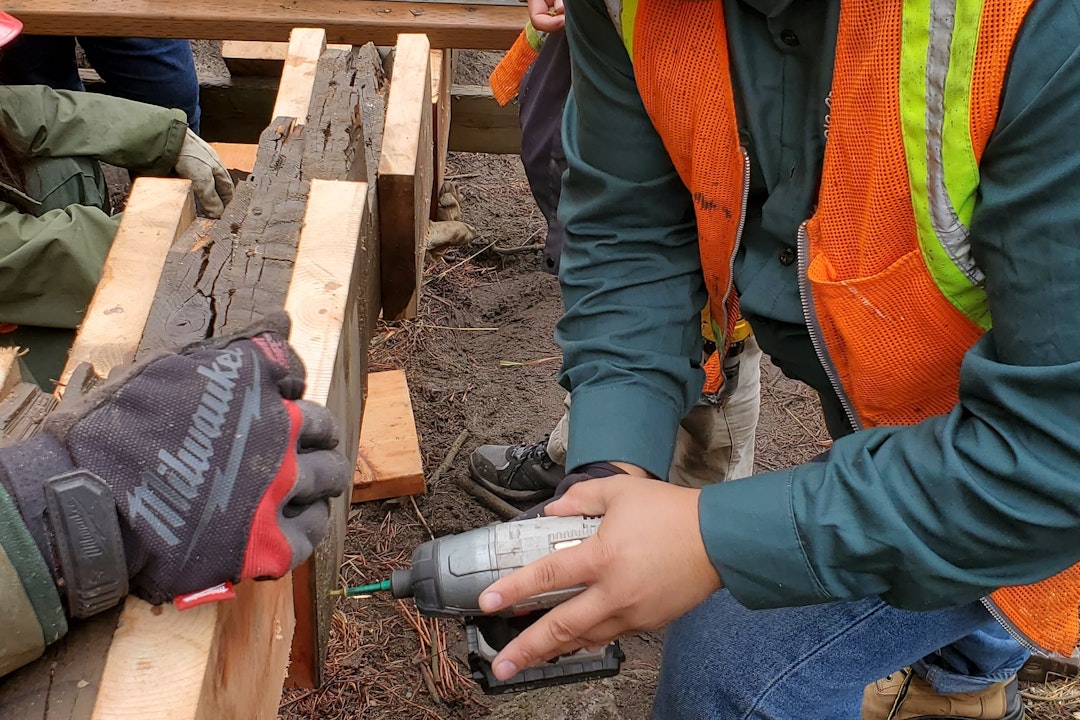
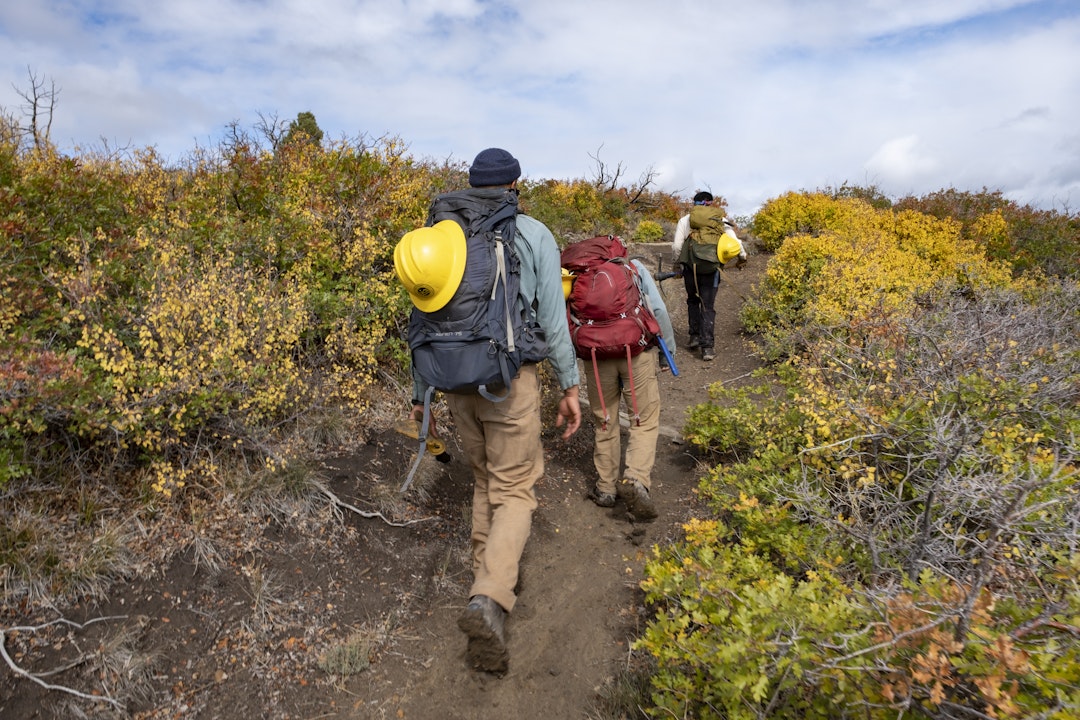
Our grants also supported preservation and restoration of 156 historic structures, including buildings at Cape Lookout National Seashore's Portsmouth Village, thanks to Conservation Corps North Carolina’s Women’s Plus Advanced Saw Crew. The crew also conducted maintenance work at the lighthouse and visitor center at Cape Hatteras National Seashore.
Through a partnership between NPF, the Leona M and Harry B. Helmsley Charitable Trust, the Badlands Natural History Association, and Badlands National Park Conservancy, there will be a new visitor center at Badlands National Park. This space will provide opportunities for visitors to learn about the park’s natural, cultural, and historical resources, including the history and culture of the Oglala Sioux Tribe and the Lakota people.
We could not do this work without the support of our community of park champions. Together, we’re working to ensure that the National Park System thrives for generations to come. We look forward to continuing these vital efforts as we work to save what matters most.
Related Programs
-
 Open OutDoors for Kids
Open OutDoors for Kids -
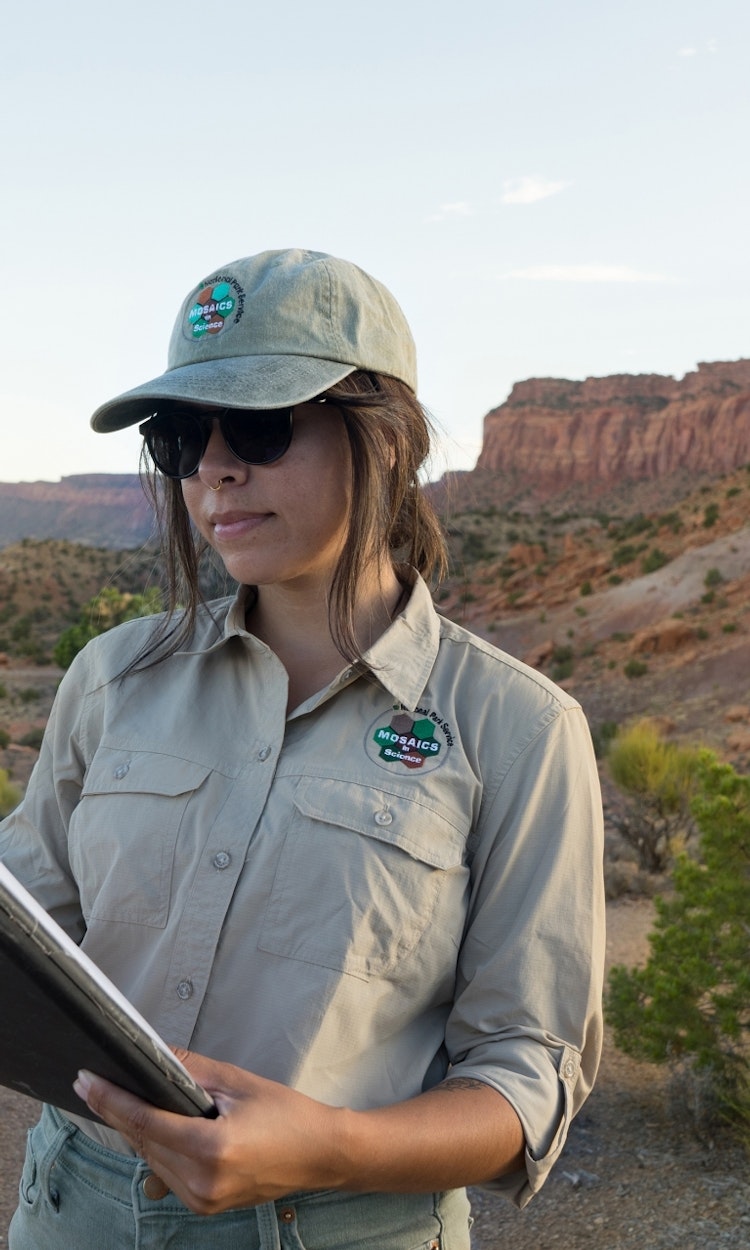 Internships
Internships -
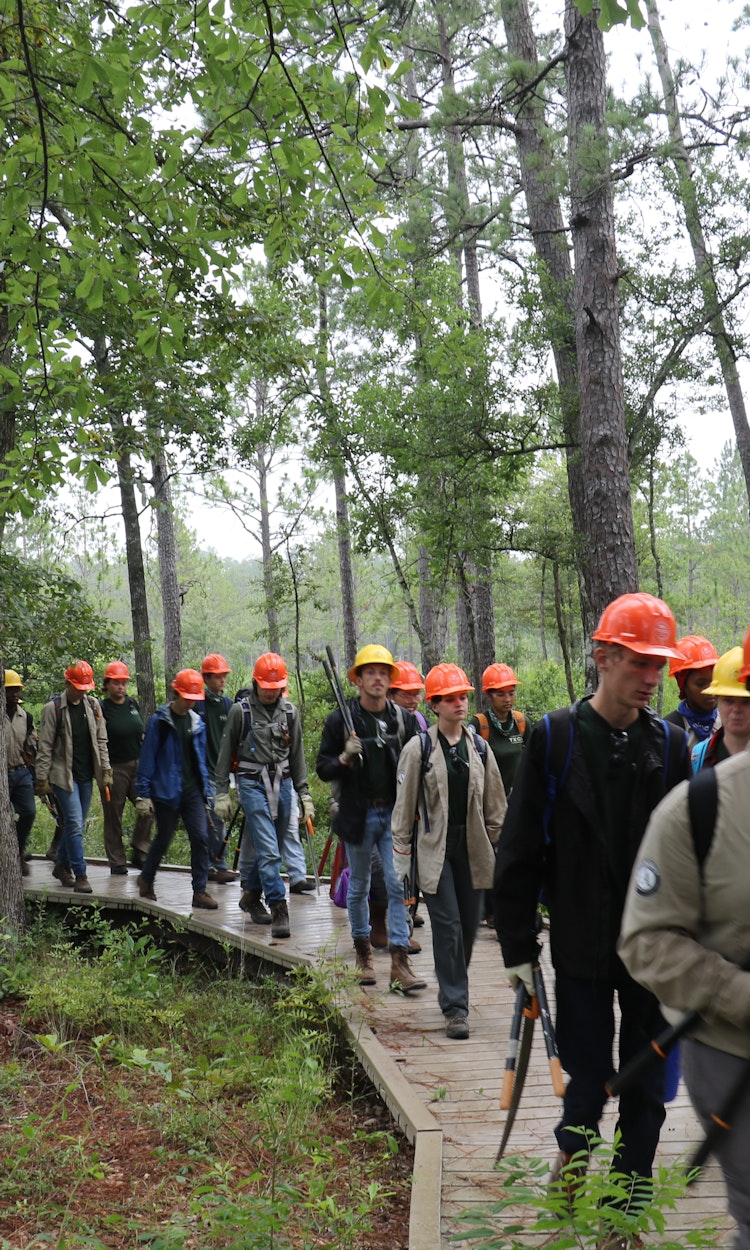 Service Corps
Service Corps -
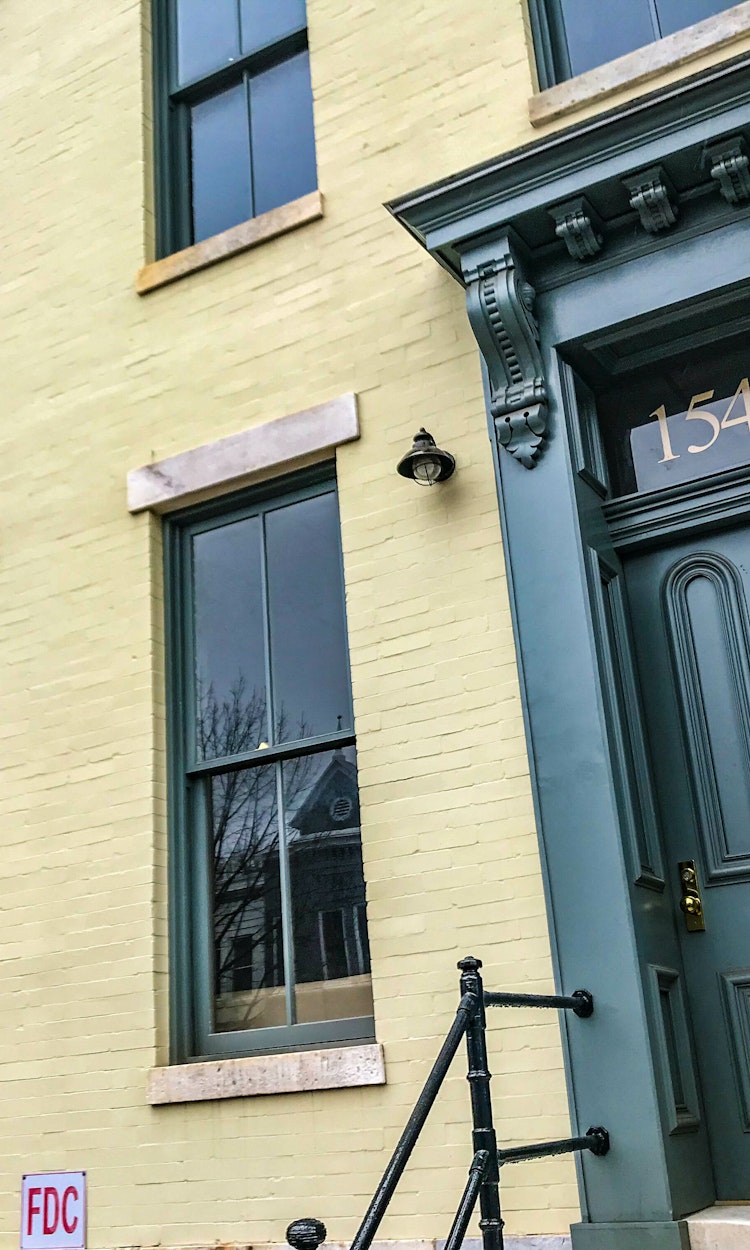 African American Experience Fund
African American Experience Fund -
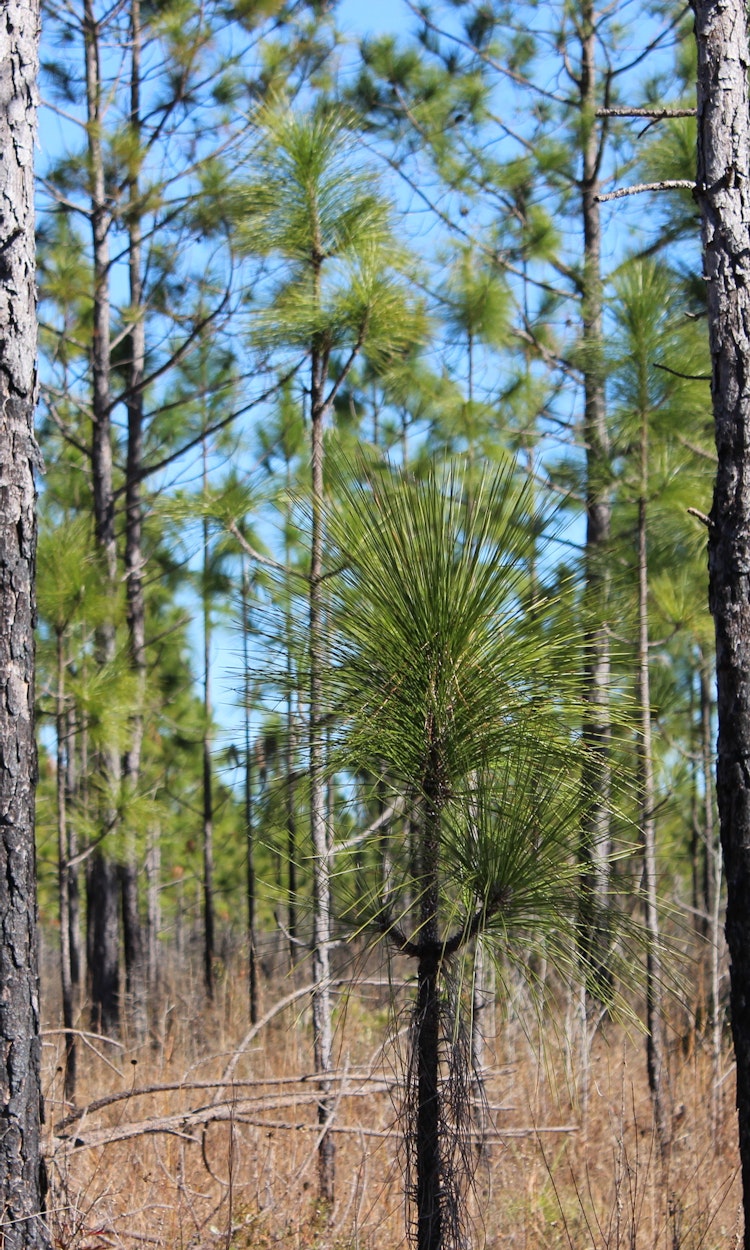 Habitat Conservation
Habitat Conservation
